Monitoring product quality attributes (PQAs) throughout monoclonal antibody (mAb) development is vital to ensuring drug safety and efficacy. By adopting orthogonal analytical techniques and integrating new technologies that have the potential to provide more information, it is possible to improve product quality and manufacturing efficiency and make more informed decisions.
Tags
PFAS testing: 2024 in review and what to expect for 2025
For as long as PFAS persist in the environment, there is no doubt they will persist in our conversations as environmental scientists. Globally, PFAS contamination has been detected in water supplies, soil and even in the blood of people and wildlife. Different countries are at various stages of addressing PFAS contamination and many governments have set regulatory limits and are working on assessing the extent of contamination, cleaning up affected sites and researching safer alternatives.

Inside the box: Acoustic ejection mass spectrometry for drug discovery
On average, it takes 10-15 years and 1-2 billion dollars to approve a new pharmaceutical for clinical use. Since approximately 90% of new drug candidates fail in clinical development, the ability to make early, informed and accurate decisions on the safety and efficacy of new hits and leads is key to increasing the chances of success.

Unveiling the power of ZT Scan DIA: Insights from Ludwig Sinn’s presentation at World HUPO Congress 2024
In a recent presentation at the World HUPO Congress 2024, Ludwig Sinn from the Ralser lab shared exciting advancements in proteomics research, focusing on the innovative ZT Scan DIA acquisition modes developed in collaboration with SCIEX. Let us explore the key highlights and benefits of this innovative technology.

Exploring the power of ZT Scan DIA
In a recent presentation, Tim Heymann from Mann Lab at the Max Planck Institute of Biochemistry shared his first impressions of ZT Scan DIA, the novel data-independent acquisition strategy from SCIEX, highlighting its innovative approach and significant benefits for proteomics research. Let’s dive into the key points from his insightful talk.

Inside the box: Complementary fragmentation with LC-MS for Metabolite Identification
Liquid chromatography-mass spectrometry is commonly used for Met ID but confident soft spot identification is not always possible. Imagine the advantage of unambiguous metabolite identification using liquid chromatography-mass spectrometry (LC-MS) reducing the need for additional safety testing during drug discovery. Quickly and easily generate the information you need using routine assays that are robust and efficient, enabling confident decision-making while also saving time and money.

Tips and tricks from our application experts: AAV analysis with CE
Peter Holper, Staff Applications Scientist at SCIEX, US, shares his tips and tricks on AAV analysis using CE with the BioPhase 8800 system and the PA 800 Plus system.
Pharma perspectives: The influence of LC-MS innovation on drug development outsourcing
It is no secret that (bio)pharmaceutical research and development is complex, both scientific and regulatory processes. Working for a contract research organization and more recently for SCIEX has provided an interesting perspective on trends the market experiences that affect many of us.
6 Signs it’s time for a new vendor
A lab’s success depends on many factors from instrument quality to efficient operations, including being partnered with the right vendor. A vendor is more than just a supplier. They should provide you with a high-level quality of support in maximizing the lifespan and performance of your systems, reducing downtime, enhancing ROI and more. How do you know if you’re partnered with the right one? Here are six signs it might be time to find someone new.

Nitrosamines: Where are we now?
Nitrosamines are a large group of N-nitroso compounds that share a common functional N-N=O group. They are produced by a chemical reaction between a nitrosating agent and a secondary or tertiary amine. Back in 2018, nitrosamines suddenly found themselves in the spotlight when they were unexpectedly detected in medications for high blood pressure. Since then, they have been found in several other prescription medications, including those for heartburn, acid reflux and diabetes, resulting in manufacturers recalling some common medications.

Celebrating customer experience: Insights from SCIEX leaders
Introduction Customer Experience Day (CX Day) is a special occasion for SCIEX, celebrated every first Tuesday in October. It’s a day dedicated to recognizing the incredible value of our customers and the relentless dedication of our associates who strive to make...

Mass spectrometry as a forensic science tool in 2020
There’s no doubt about it: forensics is at the front line of the criminal justice system. It’s where analytical chemistry has the power to fight crimes. It’s fascinating! But what excites me is how quickly things change and the speed of innovation. Just think about...
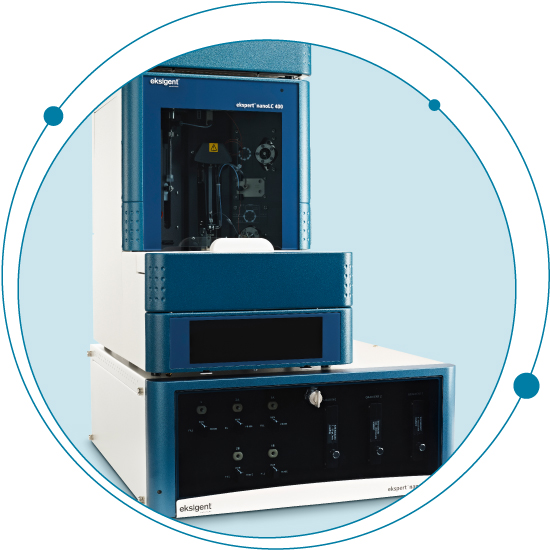
Microflow for metabolite ID: a win all around
Over the last several years there has been a slow and steady progression within the LC-MS community to move traditional high-flow applications to lower flow rates. In particular, moving into the microflow regime has proven to be a simple adjustment in methodology that...

A year of cannabis in Canada. Where are we and what’s next?
It’s been a momentous year for the cannabis industry in Canada. Not only did the country legalize cannabis with the Canadian cannabis law in October 2018, but it has also taken a giant leap in setting up a multi-billion dollar market from scratch. The progress made...

Take 5 with SCIEX Global Technical Marketing’s Pierre Negri
With the rise of Novel Psychoactive Substances (NPS), or designer drugs, in the past decade, forensic toxicologists are being tested like never before. It seems like as soon as one analog is identified, another is synthesized. These new chemicals share structures with...
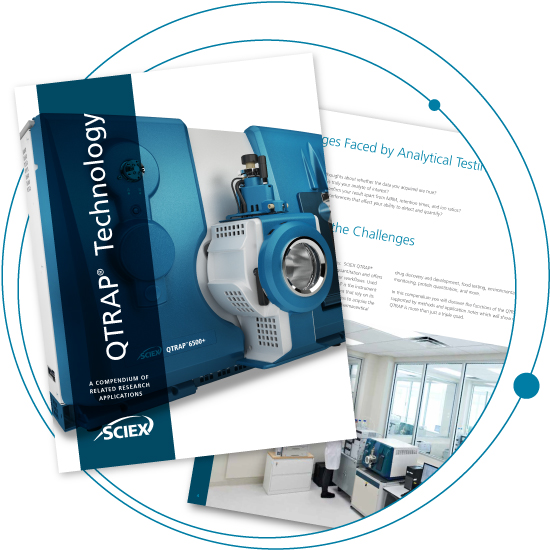
When is a triple quadrupole not a triple quadrupole?
Answer: When it’s a QTRAP® In today’s modern and frenzied analytical laboratories, triple quadrupole mass spectrometers (MS) are the ‘workhorse,’ frontline instrument for carrying out quantitative assays from drug discovery to food safety. To get the best selectivity...

Turbo charging your LC-MS/MS analysis
Would you like to take your LC-MS/MS analysis from 0 to 3 mL/min without the complexity of changing probes or splitting the LC flow? Then take a look into the Turbo V ion source from SCIEX. Introduced more than 15 years ago, the Turbo V ion source continues to be a...
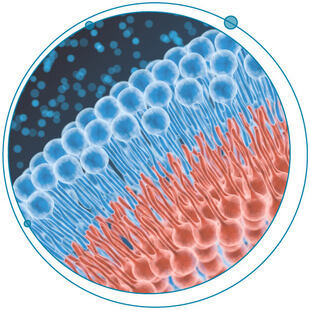
Separation anxiety: Choosing the best approach to quantify the lipidome
Front-End Solutions for Lipid AnalysisWhich method should you choose? Lipids are a diverse group of compounds that serve many purposes. They are the basis for key biological entities including cell membranes, hormones, and lipoproteins and are involved in a variety...

Your 3 most googled queries about cannabis testing answered
I did some digging on Google and decided to help answer the top 3 most searched queries about cannabis testing methods and technology, for both marijuana and hemp. 1. What equipment should I use to test my cannabis and hemp samples for mycotoxins,...

Boar taint isn’t so simple
The title says it all. Boar taint is a complex subject. For some, it’s not an issue. Others argue that it’s one of the biggest challenges to pork quality. It’s a very subjective response. In her blog, Dr. Laura Hancox illustrates the striking difference between the...
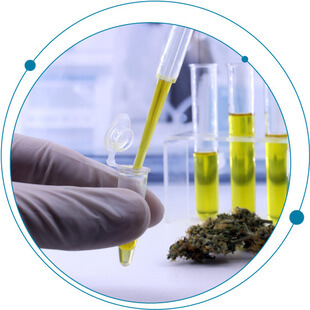
A beginner’s instrumentation guide to cannabis analysis
One question I get asked a lot when it comes to cannabis, specifically regarding marijuana and hemp analysis, is: There are so many techniques to choose from, how do I know which one is best? I can’t emphasize enough that the Cannabis sativa plant has a complex...

Worth the Journey – From Immunoassay to LC-MS/MS Adoption
The journey to mass spectrometry (LC-MS/MS) adoption from immunoassay can be complicated, but certainly rewarding. While immunoassay has been considered the default methodology for decades, they can be susceptible to interferences and cross-reactivity, especially for...
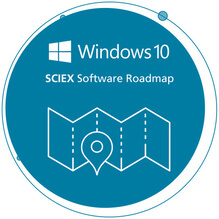
Calling SCIEX Software Users: Windows 10 Support for all SCIEX Software
As a researcher in a busy lab, the software driving your work is critical to your success, and the timely transition of SCIEX applications to Windows 10 is no exception. In early 2020 Microsoft will be ending Windows 7 support, and we want you to know we are taking...

Journey to the Center of the Vape – Part 1
The safety of vaping has recently become a topic of concern. The public wants answers about the safety of these products. Health authorities are scrambling to find the cause of the mysterious vaping illness that has been seen in hundreds of cases across the U.S., and...
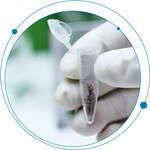
Top 5 Analytical Challenges for Pesticides in Cannabis
Now that cannabis is legalized in a majority of the United States and Canada, new regulations to help protect consumers lead us to an important question: What are they getting? Here, we'll help provide the answer. Image source: Shayanne Gal/Business Insider Some of...
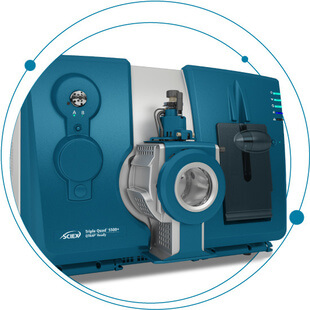
To Switch or Not to Switch? That is the Question.
Why Polarity Switching Matters The BasicsIn today’s busy analytical laboratories, productivity and high sample throughput are constant demands. More samples need to be analyzed in a shorter timeframe. Laboratories must work to use equipment at its maximum capacity,...

Improving precision
Factors that affect the reproducibility of your assay As scientists, we know our experiments must be reproducible. Without it, there is always doubt as to whether our data interpretations and conclusions are truly sound. With LC-MS/MS quantitative methods, high...

30 years of LC-MS/MS innovation continues
In 1989, the first commercial, dedicated Atmospheric Pressure Ionisation (API) tandem quadrupole mass spectrometry system was launched at the Pittsburgh Conference (PittCon) in Atlanta, Georgia (GA), USA. The API III, as it was called, was introduced to the analytical...

Drugs of Abuse Analysis: How LC-MS/MS Reduced Run Times by 66% and Tripled Throughput
Elevate Performance in Your Forensic Toxicology LabYou only need to skim through the United Nations World Drug Report 2018 to see that drug abuse is escalating. Associated with numerous medical, social, and legal problems, it comes as no surprise that ‘drugs of abuse’...

Same Pesticides, Same Risks, Different Standards
Should we be worried about our health because our produce contains pesticides? The answer very much depends on where in the world you live–or where your food comes from. When it comes to protecting people from harmful pesticide residues in food, standards around the...

3 Advantages of Clinical Mass Spectrometry
Are you thinking about replacing existing immunoassay technology with clinical mass spectrometry? Keep reading to discover how the 3 “S”s will help you make the decision. 1. How does sensitivity play a role? Many of the analytes measured in a clinical chemistry lab...